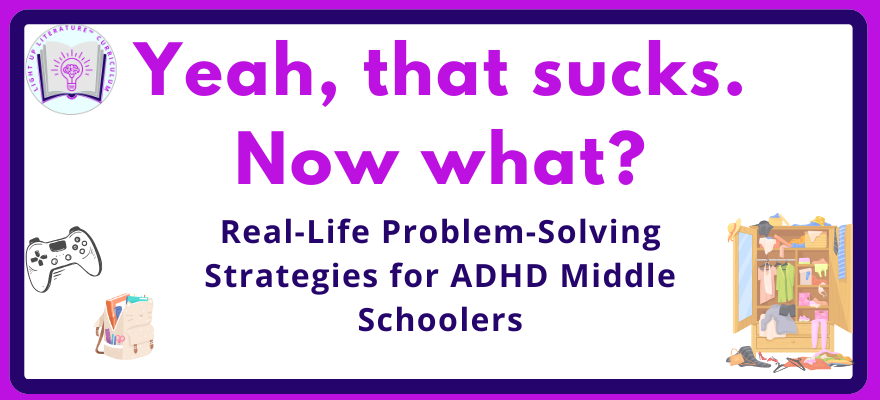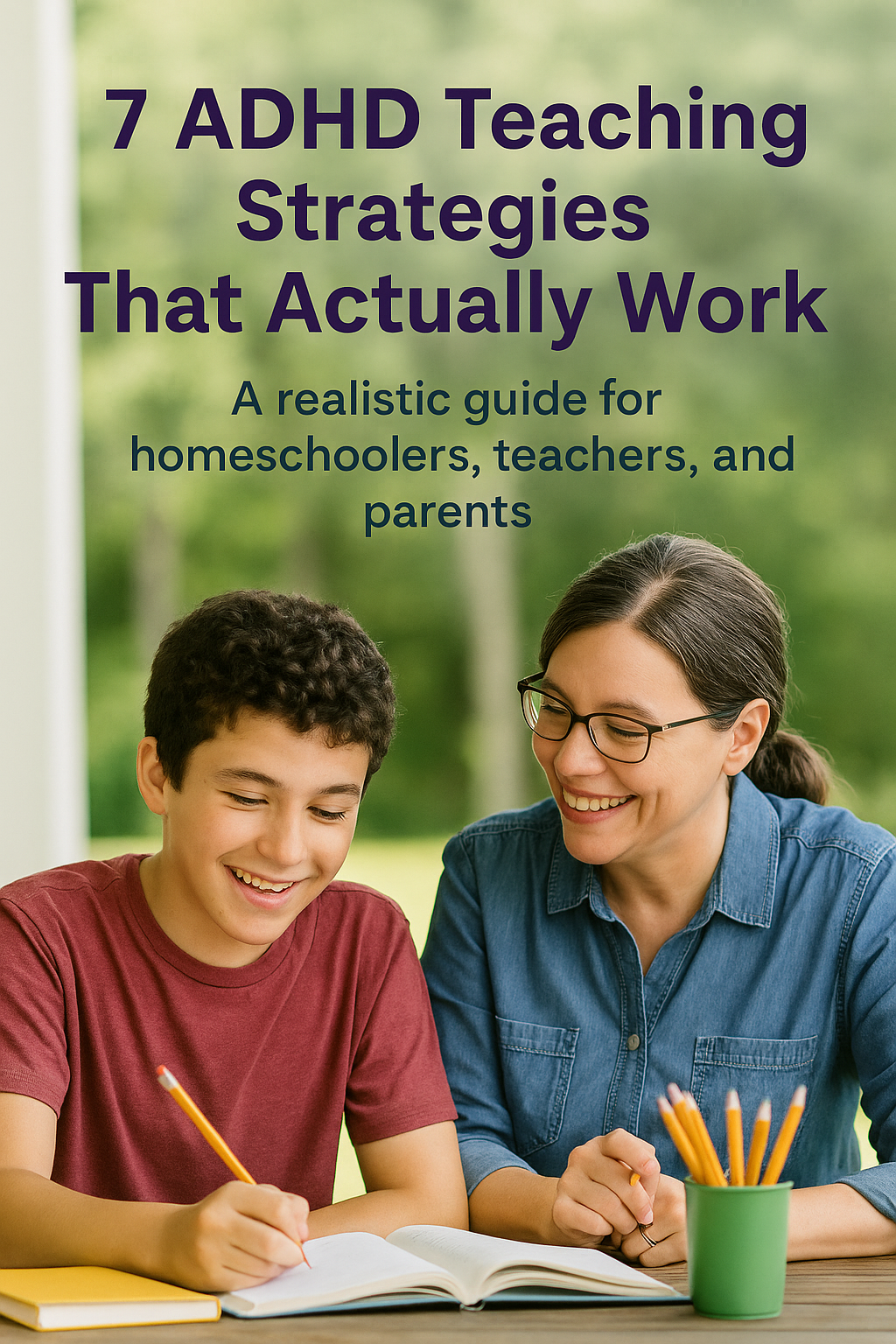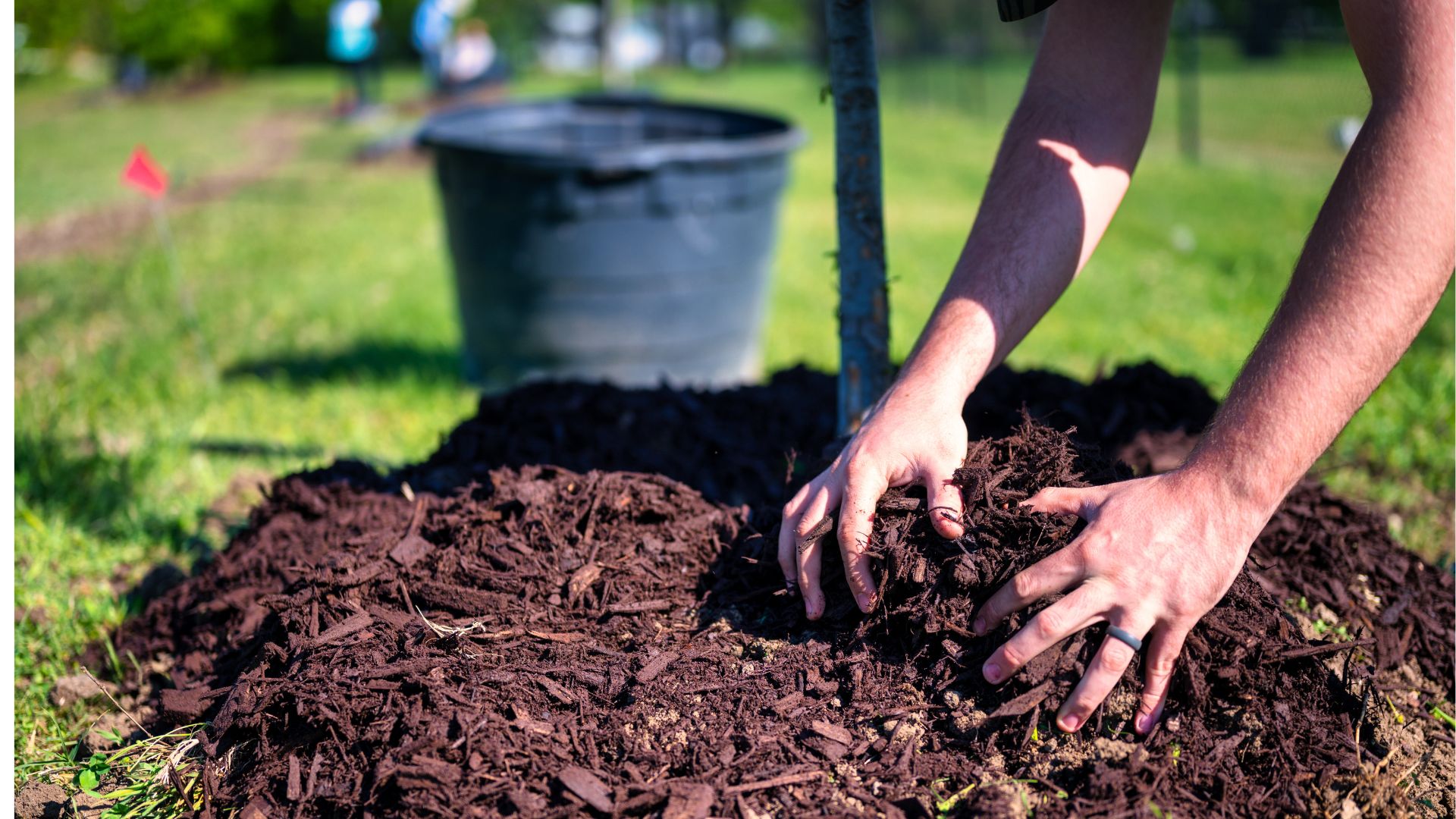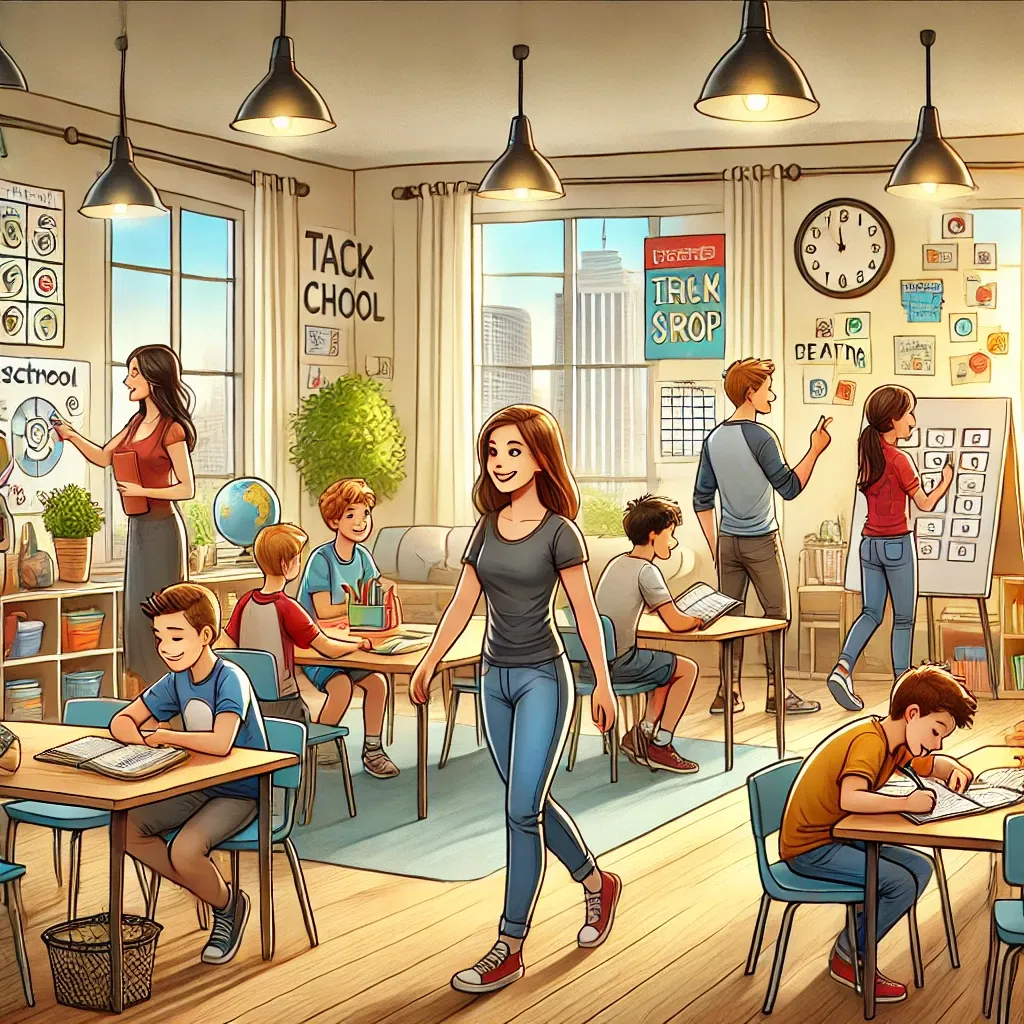5 Strategies for Teaching ADHD Middle Schoolers Real-World Problem-Solving Skills

5 Strategies for Teaching ADHD Middle Schoolers Real-World Problem-Solving Skills
Life with ADHD is full of surprises — and not always the good kind.
One minute, everything’s fine.
The next?
The backpack strap snaps.
The game controller dies.
The charging cord won’t work — again.
For middle schoolers with ADHD, these everyday frustrations feel huge.
Not because they’re dramatic, but because ADHD impacts emotional regulation, critical thinking, and stress recovery all at once.
The good news?
These “minor” meltdowns are actually major opportunities to teach real-world problem-solving skills — without needing a worksheet or homework assignment.
Here’s how you can help ADHD middle schoolers face life’s frustrations with more independence, confidence, and emotional control — using strategies that are honest, research-backed, and designed for how their brains really work.
1. Normalize Frustration Without Excusing It
🧠 Research Connection: Emotional regulation often lags behind intellectual understanding in ADHD students (Barkley, 2012).
First, be real about it:
Frustration is normal when things don't go right — especially for kids still learning how to manage emotions.
When a student slams a controller down because the batteries died, you don’t need to minimize it ("It’s not a big deal!") — that feels fake.
Instead, you can say:
"Yeah, it’s frustrating when things break. That makes sense. Now what’s the next step we can take?"
You're acknowledging the feeling without giving permission for bad behavior — and setting up for problem-solving right after.
2. Build a "Pause-Plan" Habit
🧠 Research Connection: Brief pausing increases executive function success in ADHD students (Centers for Disease Control ADHD recommendations).
In moments of stress, ADHD brains want to react fast — slam, yell, throw.
We can teach them to pause first, even if it’s just for 10 seconds.
Teach a quick "Pause-Plan" routine:
Stop.
Take a breath.
Decide the first step.
Example: If a backpack bursts open in the hallway, instead of freaking out, they pause — then choose to gather folders first, then papers.
It’s not about stopping emotions. It’s about buying time for smarter thinking to kick in.
3. Model Logical Next Steps Out Loud (In Real Situations)
🧠 Research Connection: Cognitive modeling improves problem-solving outcomes (Bandura, 1986).
Don’t just tell them what to do. Show them how to think.
When something small goes wrong, walk through your thought process out loud:
"Okay, first I need to find out if we have extra batteries. If not, Plan B is borrowing a controller. If that doesn’t work, Plan C is doing something else for a while."
Hearing your logical steps teaches them how to build their own — not just guess or panic.
4. Offer Two Realistic Choices to Break Stuck Moments
🧠 Research Connection: Limited choice supports executive function without overwhelming ADHD students (Greene, 2008).
When emotions spike, open-ended choices ("What do you want to do?") often create shutdowns.
Instead, offer two simple, doable options.
Example:
The bedroom is a disaster and cleaning feels impossible.
Say:
"We can either start by picking up all the clothes or clearing off your desk. Which one first?"
Choice gives a feeling of control — without letting the frustration spiral.
5. Praise the Real Skill, Not Just Emotional Survival
🧠 Research Connection: Growth mindset reinforcement builds persistence in ADHD learners (Dweck, 2007).
We’re not cheering just because a student didn’t scream or break something.
That’s basic self-control — it’s expected, not exceptional.
Instead, praise true skills they’re learning, like:
"You paused when it got hard — that’s what strong thinkers do."
"You made a choice and stuck with it — that shows real problem-solving."
This builds internal pride without feeling fake, childish, or condescending.
10 Everyday Frustrations That Are Secret Problem-Solving Lessons
(Quick guide for parents and teachers)
Controller batteries die mid-game
Backpack strap breaks
Charging cord won't work
Phone dies when needed most
Losing a water bottle or lunchbox
Forgetting something important at home
Room too messy to find anything
Sink full of dishes and no clean forks
Shoe breaks before school
Dog eats homework (yes, really)
Each one is a chance to practice real-world skills: pausing, planning, prioritizing, and bouncing back.
Conclusion: Teaching Resilience in the Real World
Middle schoolers with ADHD don’t need fake calm or empty praise.
They need real support, real strategies, and real belief in their ability to grow.
Problem-solving isn’t about staying perfectly calm all the time.
It’s about learning to feel the frustration — and then move through it without getting stuck.
Every dead charger, messy room, and lost lunchbox is another brick in the foundation of true resilience.
And that’s a skill that will outlast any homework assignment — and build a life they’re proud to live.





